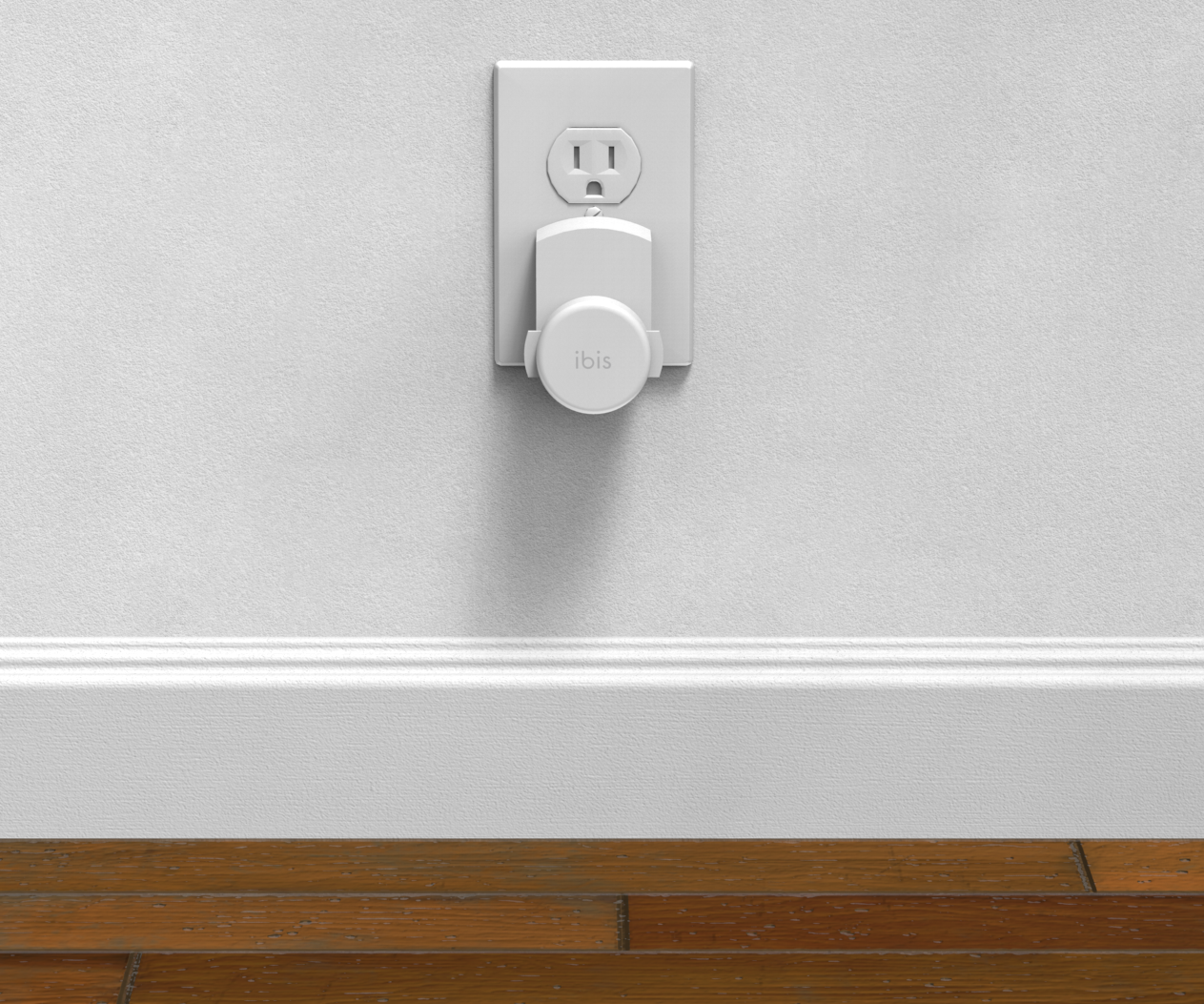This project is currently a work in progress. I was hired to lead industrial design.
WHAT IS IBIS?
Everyday in the US, an average of 10 people drown. It is the #1 cause of accidental death for children in the U.S. under the age of 5 years old. We believe technology can prevent these life-altering moments. So we've built a company that is focused on saving lives, all the way from our youngest children, to our family pets, utilizing the cutting edge technologies that are found in self driving cars and the best security devices on the market.
We are carefully crafting a product that will prevent drownings in the home environment, focused on pools and hot tubs.
If you would like to follow the project, check out the website theibis.co
THE BRIEF
I was asked to focus on two major aspects of the design.
1. The overall look and feel of the product should be inspired by Nest products.
2. In order for the camera to get a view of the entire pool, the product will be installed in one of the pool's jets. The camera battery will be trickle charged by a water turbine installed in the jet system. It is crucial that the installation of both the turbine and camera are secure and intuitive.
IDEATION
There were two core problems to solve.
1. How will the turbine be secured into the pool jet?
2. How will the water pass through the camera?
Prototyping
For the camera, we initially tested a single exhaust for allowing the water to pass through but discovered two issues. The single exhaust took up too much space internally, forcing the overall form to be larger than we wanted. Also, the water and bubbles from the exhaust would travel up in front of the camera lens, which could interfere with the camera vision. We decided to go with a dual exhaust. This lower profile exhaust opened up room for the electronics while allowing a slimmer overall camera form. The dual exhaust also prevented any water or bubbles from traveling in front of the camera lens.
Securing the turbine in the jet was a trickier problem. We started with a pressure fit concept but discovered a lot of variations in the internal fittings of jet systems. We realized the turbine needed the ability to adapt to any jet. To achieve this, I looked at mechanical pipe plugs used in plumbing and transferred the functionality to the turbine. We incorporated a rubber ring towards the back of the turbine that would expand as you twist the front cap. The solution was very secure and the installation process was intuitive.
CONCEPT VALIDATION
This video shows the installation of the turbine and camera prototypes. The installation occurs when the jet system is off. Once installed the system is flipped on and high-pressure water hits ibis. It was important that ibis could withstand this initial water pressure.
UNDER THE HOOD
The camera is the core component of the hardware. It acts as the eyes for capturing data on swimming patterns. But, there are more sensors within ibis playing roles in preventing drowning. There is a respiratory sensor for tracking breathing patterns, a motion sensor for activating ibis, and a microphone that can detect the sounds of a struggle.




